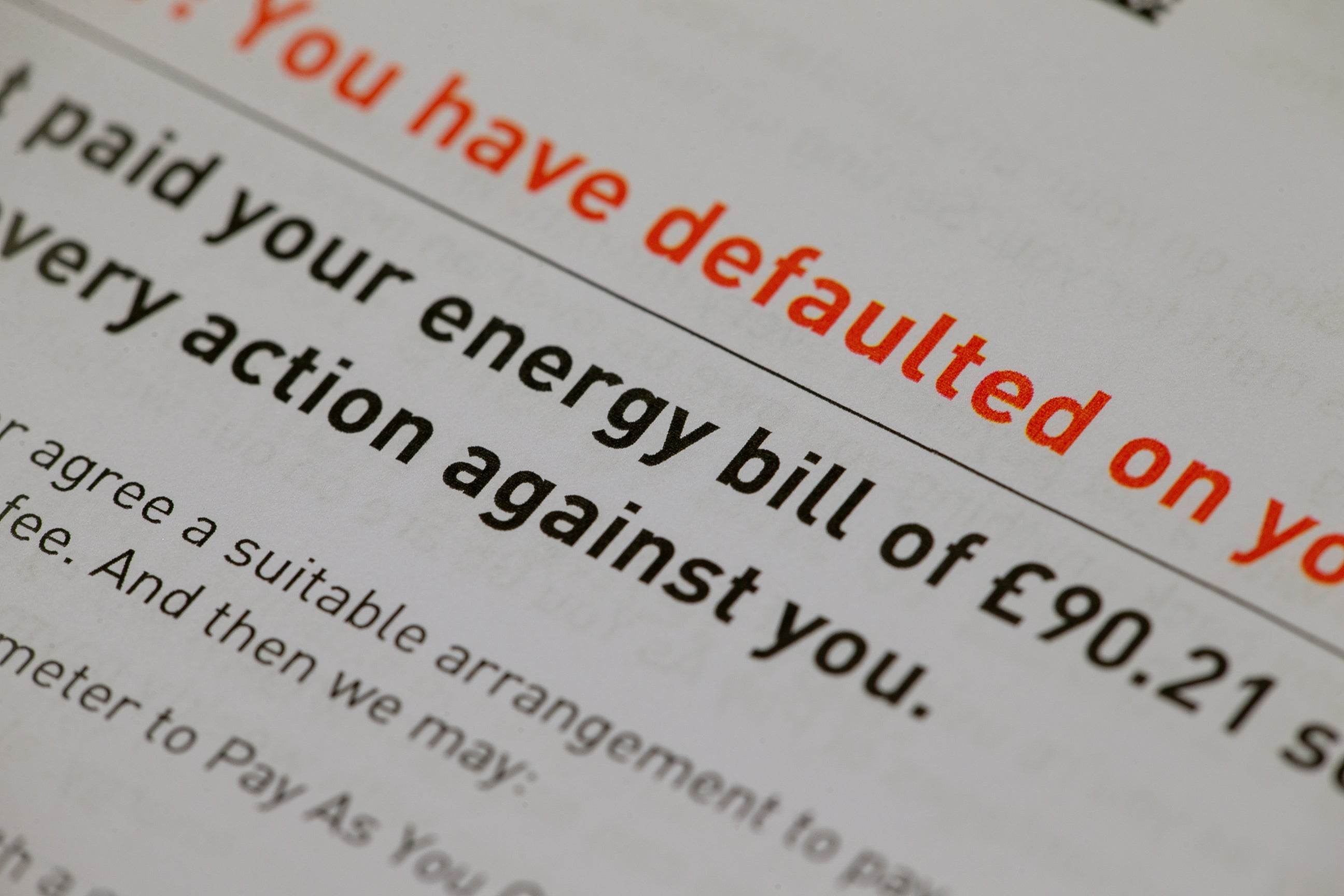What is behind the cost-of-living squeeze and where will inflation go from here?
Households have been warned the significant increase in the cost of living is likely to get much worse.

Your support helps us to tell the story
From reproductive rights to climate change to Big Tech, The Independent is on the ground when the story is developing. Whether it's investigating the financials of Elon Musk's pro-Trump PAC or producing our latest documentary, 'The A Word', which shines a light on the American women fighting for reproductive rights, we know how important it is to parse out the facts from the messaging.
At such a critical moment in US history, we need reporters on the ground. Your donation allows us to keep sending journalists to speak to both sides of the story.
The Independent is trusted by Americans across the entire political spectrum. And unlike many other quality news outlets, we choose not to lock Americans out of our reporting and analysis with paywalls. We believe quality journalism should be available to everyone, paid for by those who can afford it.
Your support makes all the difference.The cost of living in the UK is already rising at its fastest pace for almost 30 years but the worst is yet to come with even steeper energy price hikes and the National Insurance increase on the horizon.
What is driving rocketing inflation, where are the price hikes being felt the most and what can we expect over the next few months?
– Why is everything more expensive?
Covid-19 has hit global supply chains with a combination of pent-up demand and delays to shipping as factories across the world face lockdowns and worker absences.
This has led to prices rising, particularly for raw materials.
Food prices have also risen as wages increase, including for HGV drivers due to recent shortages and with thousands of drivers leaving the UK to return to their home countries in the EU.
All of this is adding to eye-watering rises in energy bills after wholesale gas prices shot up by about 500% in 2021, as well as record costs at the petrol pumps from hikes in oil prices globally.
– Will inflation remain high?
Consumer Prices Index (CPI) inflation is currently running at 5.4% as of December, according to the Office for National Statistics (ONS).
The Bank of England has warned inflation will rise to 6% in April, but many experts are predicting it could peak at close to 7% before falling back.
It is hoped that inflation will start to fall back in the second half of 2022, though it may not be until next year that CPI gets back to the bank’s 2% target.
– Will energy bills get higher?
Almost certainly. The Government’s price cap is due for a revision in February, which will be implemented in April.
Current predictions are this will go up 50%, causing some households to choose between heating and eating, it has been warned.
Some are calling for a cut in VAT or green levies on bills while energy bosses are asking for a Government-backed support scheme to cushion the impact.
– What other costs can I expect to increase this year?
The Resolution Foundation recently said each household can expect outgoings to increase by £1,200 this year.
Along with rising energy bills, there is also a one-year 1.25% National Insurance rate rise due in April to help pay for social care and NHS funding.
This comes as official figures this week revealed that wages are already failing to keep up with rises in the cost of living, with average weekly earnings after taking account of inflation falling for the first time in over a year.
The latest inflation figures have shown that food retailers are also starting to pass on higher costs to consumers, with inflation firmly hitting the supermarket shelves.
– Where are food price rises being felt the most?
The ONS said food inflation reached 4.5% year-on-year in December and was 1.4% since November alone.
The biggest rises were seen for bread and cereals, as well as oil and fats and meat.
Retail prices index data reveals the price of lamb shot up by 5.7% over the month while staples such as fresh milk jumped 3%, bread was 2% higher and eggs lifted 1%.
In the fruit and vegetable aisles, some of the steepest price rises were for potatoes, up 2.1%, with processed veg seeing a 5.1% hike.